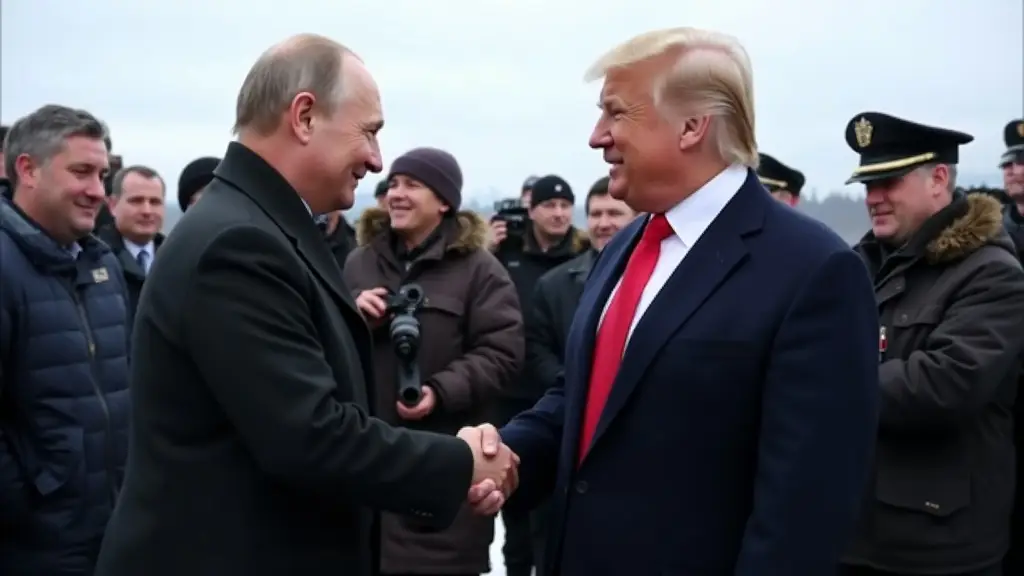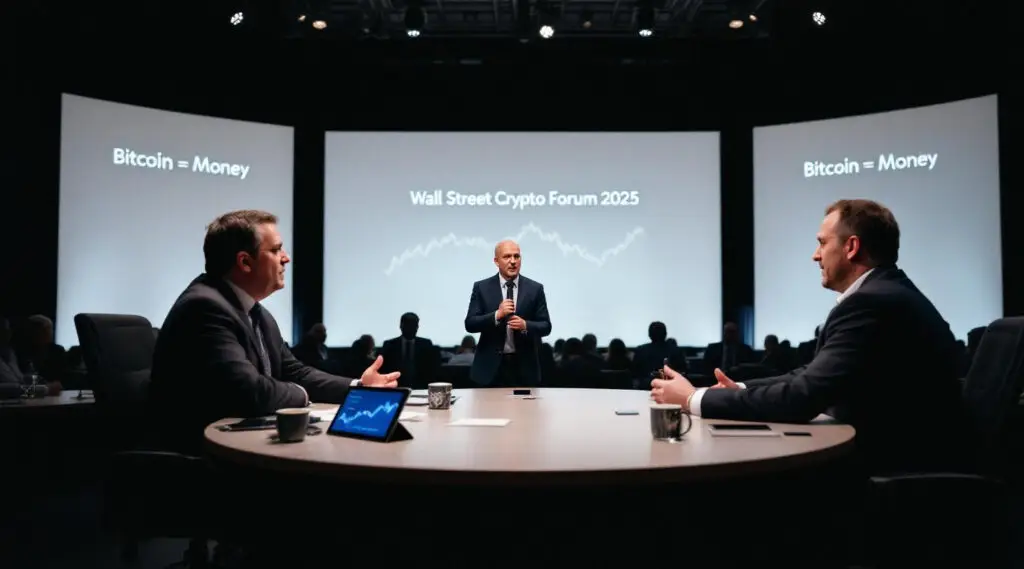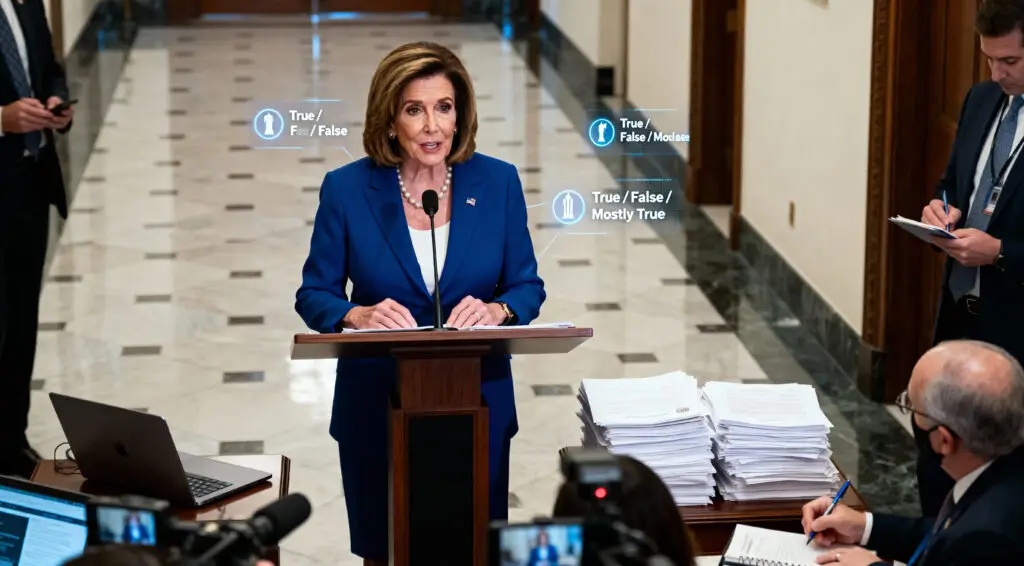A Striking Contrast to the Past
Russian President Vladimir Putin received an exceptionally warm welcome from President Donald Trump at a recent summit in Alaska. This reception, which included a red carpet, a jet flyover, and a ride in the armoured presidential limousine known as “The Beast,” stood in stark contrast to Trump’s public berating of Ukrainian President Volodymyr Zelenskyy at the White House earlier this year.
The contrast in treatment has stirred significant speculation about the nature of the relationship between the two leaders. Putin’s beaming smile from the window of the limo as he rode with Trump captured the moment, signalling a new and potentially more accommodating era of U.S.-Russia relations.
Putin’s Ride in ‘The Beast’
The ride in “The Beast” was a particularly notable moment. The armoured presidential limousine is a symbol of American power and prestige, and for Putin to be invited to ride in it with Trump sent a powerful message. The ride lasted at least 10 minutes, a significant amount of time for a leader-to-leader interaction. While it is not entirely clear whether this was a pre-planned part of the summit, it certainly set a tone of camaraderie and warmth that was not expected by many observers.
An NBC News producer on the tarmac spotted a car with Moscow plates that appeared to be waiting for the Russian president, suggesting that the ride in “The Beast” may have been a last-minute decision by Trump. This spontaneous and personal gesture is a hallmark of Trump’s diplomatic style and is a key factor in the speculation about the nature of the summit.
A Summit of ‘Sensing’ and ‘Knowing’
Ahead of the summit, Trump had said that he would know “within the first two minutes, three minutes, or four or five minutes” whether the meeting would be a “good meeting or a bad meeting.” The fact that the limousine ride lasted at least 10 minutes suggests that Trump felt the meeting was off to a positive start. This idea of a “sensing session,” a term used by Senator Tom Cotton to describe the summit, is a key part of Trump’s diplomatic approach.
He believes that he can get a sense of a leader’s intentions through direct, personal interaction, rather than through traditional diplomatic channels. This approach, while unconventional, is what allows him to build personal relationships with foreign leaders, which he believes can be a powerful tool for achieving his foreign policy goals.
The Broader Implications for Diplomacy
The warm welcome extended to Putin has broader implications for diplomacy and international relations. It sends a signal to U.S. allies, particularly those in Europe who have been steadfast in their support of Ukraine, that the U.S. may be taking a new approach to the conflict. The contrast in treatment between Putin and Zelenskyy is also a major point of concern for these allies.
It suggests that the U.S. may be more willing to negotiate with Russia on its own terms and may put pressure on Ukraine to make concessions. The summit is a key moment in a new era of diplomacy, where personal relationships and leader-to-leader interactions may play a more significant role in shaping international relations than ever before.
The Political and Geopolitical Context
The summit in Alaska is not just a meeting between two leaders; it’s a significant geopolitical event. The location of the summit, a U.S. military base in Anchorage, is a symbolic choice that highlights the strategic importance of the region. The meeting itself is a major political victory for Putin, who has been largely isolated from Western leaders since the start of the war in Ukraine.
The warm reception from Trump, therefore, is a major diplomatic win for Russia and a potential setback for Ukraine and its allies. The summit will be a crucial test of the transatlantic alliance, and the outcome will have a lasting impact on the balance of power in the 21st century.
A New Era of Foreign Policy
The Trump administration’s approach to foreign policy, as evidenced by this summit, marks a new era in international relations. The focus on direct, leader-to-leader diplomacy, rather than on traditional diplomatic channels, is a significant departure from the past. This approach has its risks and rewards, but it is one that is being watched closely by governments around the world.
The outcome of the summit and the subsequent negotiations will be a crucial test of this new approach. It will determine whether a direct, leader-to-leader approach can lead to a more stable and peaceful world, or whether it will create new uncertainties and challenges for the global community.
The Power of Camaraderie and Respect
Beyond the public statements and the formal negotiations, the summit also sent a number of unspoken messages. The ride in “The Beast,” for example, was a powerful symbol of camaraderie that suggested a level of personal trust and understanding between the two leaders. The red carpet and the jet flyover were also signals of respect and a willingness to engage, which is a significant departure from the previous administration’s more confrontational approach.
These unspoken messages are just as important as the public ones, as they can shape the perceptions of other world leaders and influence the broader geopolitical landscape. The summit, therefore, is not just about what was said; it’s also about what was unsaid.
Read More: UK Data Breach Exposes Afghan Resettlement Information























